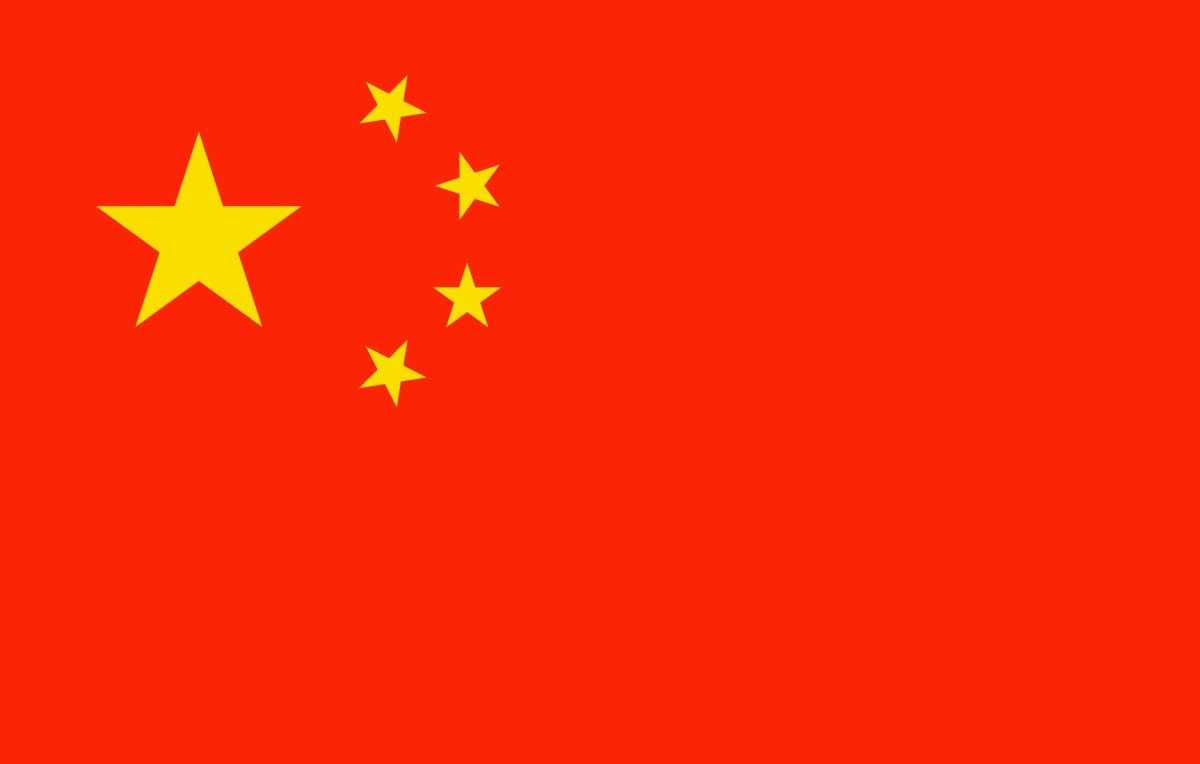The United States and China are increasingly at odds. The new policy blueprint will most likely reflect a shift in the way Beijing conducts itself. Thus, analysts perceive their conduct to be increasingly adversarial. This is according to researchers in China who are involved in preparations for the new plan.
Until March 2021, the final version of the 14th five-year plan will not be made public. Nevertheless, preliminary discussions and research show that China will seek more autonomous development by cutting reliance on the United States for technology exports and supply.
China will keep its opening up and reform its policy framework at the same time. It is intending to remain in its central place in the chain of global supply, particularly among European and Asian countries. Moreover, it wants to offset rising decoupling risks with the United States.
Xie Fuzhan is the head of the CASS (Chinese Academy of Social Sciences). The Chinese Academy of Social Sciences is a government think-tank in Beijing. It is, in fact, involved in devising the new plan.
Xie said that a few rich countries have tried to avoid responsibility while not naming the United States directly. Thus, he continued, they blamed others for their duties. Xie said that their protectionist and unilateralist policies put the global economy at a growing risk of disintegration.
In a preliminary study this month, the Chinese Academy of Social Sciences said that the global economy’s movement to growth released by neo-liberal economic policies was running dry. Problems in the economy, from inequality in rich countries to imbalances in the flow of capital created international friction, were all relevant.
China’s Plan
The world will witness changes, unlike anything else in the last 100 years. China’s centralized governance system is led by the communist party. This is according to a research team at CASS led by Huang Qunhui.

The state researchers wrote that China has a middle-income group of between 500 and 700 million people. It alone can be the source of power for Chinese economic growth for the next five years.
There is also an idea that China can rely more on itself for development. President Xi Jinping endorsed this in the most recent 25-member Politburo meeting. He also believes he can lead China well beyond 2025.
Xi said that China would see a new development pattern. The pattern consists of both the international economic circle and the vast domestic economic circle. Thus, it does not rely solely on foreign markets.
The original Go-West blueprint they published reinforced that inward-looking tendency. It promised new investment in industrial projects in western and central regions.
They did this to offset the damage done to the eastern provinces. The pandemic caused a drop in international demand.
Technology is another key area where China will seek a breakthrough in the next five-year plan.
Washington’s target is Huawei Technologies. The company is a Chinese telecommunications giant. The restrictions on hi-tech exports to China have stirred up some brainstorming in Beijing on how it may reduce its dependence on imported technologies.













